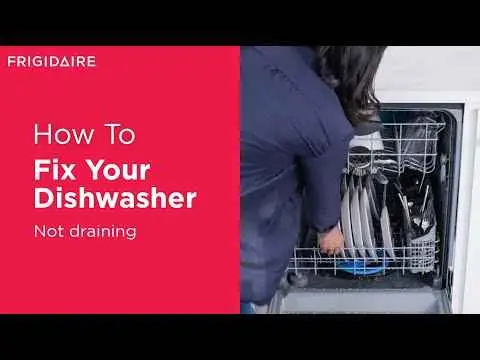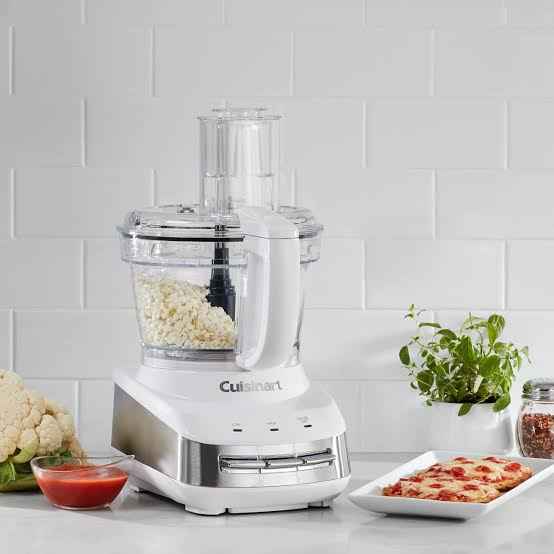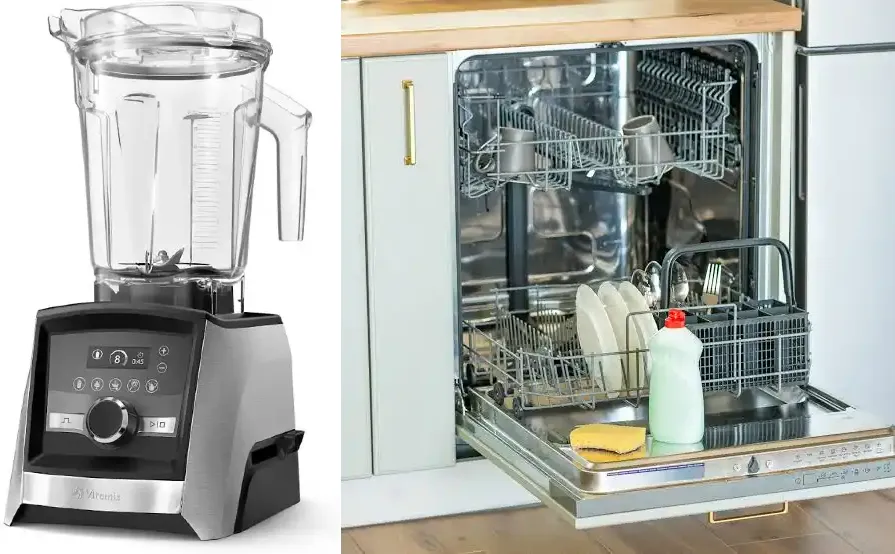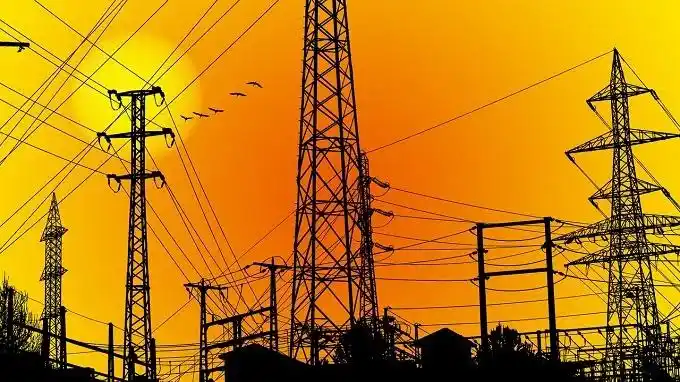4-Steps Troubleshooting Guide: Frigidaire Dishwasher Not Draining

Dishwashers are designed to make our lives easier by efficiently cleaning and drying dishes. However, when they don’t drain properly, it can lead to standing water, unpleasant odors, and dishes that aren’t properly cleaned. In this article, we’ll delve into the common causes of drainage issues in Frigidaire dishwashers and provide a step-by-step troubleshooting guide to help you get your appliance back to optimal performance.
Understanding the Problem: Frigidaire Dishwasher Not Draining
When we talk about a dishwasher not draining, we’re referring to the inability of the appliance to expel used water at the end of a wash cycle. This can manifest as water pooling at the bottom of the dishwasher or dishes coming out still wet and dirty. Proper drainage is crucial for the overall efficiency and longevity of your dishwasher.
Common Causes of Drainage Problems
Several factors can contribute to a Frigidaire dishwasher not draining properly:
- Clogged Filters: Over time, food particles and debris can accumulate in the dishwasher’s filter, obstructing water flow.
- Blocked Drainage Hose: The drainage hose may become kinked or clogged with food particles, preventing water from exiting the dishwasher.
- Malfunctioning Drain Pump: If the drain pump is faulty or clogged, it won’t effectively remove water from the dishwasher.
Understanding these common culprits is the first step in diagnosing and resolving drainage issues.
Step-by-Step Troubleshooting Guide

Let’s walk through a systematic approach to troubleshooting and fixing a Frigidaire dishwasher that’s not draining:
Step 1: Checking and Cleaning the Dishwasher Filter
The dishwasher filter is located at the bottom of the appliance and is designed to catch large food particles. To clean it:
- Remove the lower rack.
- Unscrew or unlock the filter cover.
- Rinse the filter under running water to remove any debris.
- Reassemble the filter and ensure it’s securely back in place.
Step 2: Inspecting the Drainage Hose
The drainage hose connects the dishwasher to the sink drain or garbage disposal. To inspect it:
- Turn off the dishwasher and disconnect the drainage hose.
- Check for any blockages or kinks in the hose.
- Use a pipe cleaner or small brush to remove debris.
- Reconnect the hose securely.
Step 3: Verifying the Drain Pump Functionality
The drain pump is responsible for expelling water from the dishwasher. To test it:
- Access the drain pump, usually located at the bottom of the dishwasher.
- Remove any debris or obstructions around the pump.
- Manually spin the pump impeller to ensure it moves freely.
- If the pump makes unusual noises or doesn’t spin, it may need to be replaced.
Step 4: Ensuring Proper Installation of the Drainage System
Check the entire drainage system for proper installation:
- Ensure the drainage hose is installed according to manufacturer guidelines, without bends or kinks.
- Verify that the dishwasher’s air gap (if applicable) is clear and functioning correctly.
- Double-check connections to the sink drain or garbage disposal for leaks or blockages.
Specific Solutions for Frigidaire Dishwashers
Frigidaire dishwashers may have unique features or components that require specific troubleshooting steps. Refer to your appliance’s manual or Frigidaire’s customer support for model-specific guidance.
Additional Tips and Maintenance Advice
To prevent future drainage problems with your Frigidaire dishwasher, consider the following tips:
- Run hot water in your sink before starting the dishwasher to ensure the water entering the appliance is hot.
- Use a dishwasher cleaner periodically to remove buildup and debris.
- Avoid overloading the dishwasher, which can interfere with proper water circulation and drainage.
Regular maintenance and prompt attention to drainage issues can extend the life of your Frigidaire dishwasher and keep it running efficiently.
Conclusion
In conclusion, a Frigidaire dishwasher not draining is a common issue that can usually be resolved with basic troubleshooting steps. By understanding the causes of drainage problems and following our step-by-step guide, you can effectively diagnose and fix the issue yourself. Remember, if you’re unsure or uncomfortable with any of the troubleshooting steps, it’s always a good idea to consult a professional technician. Keeping your dishwasher in top condition ensures cleaner dishes and less stress in the kitchen.



